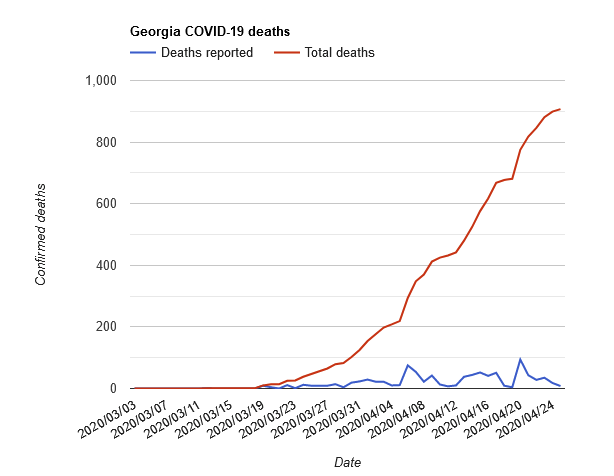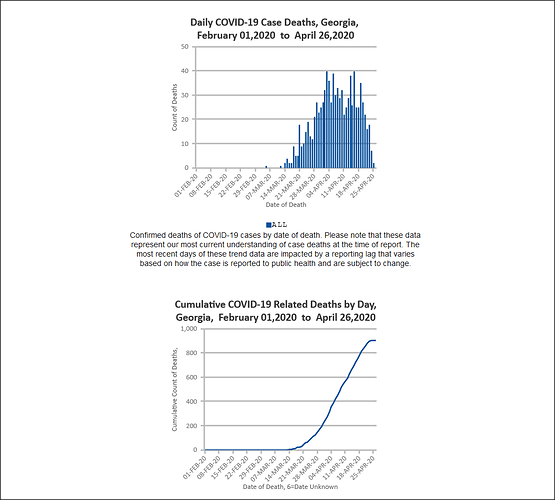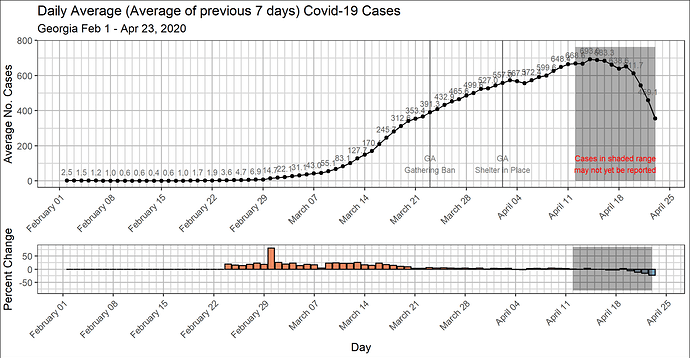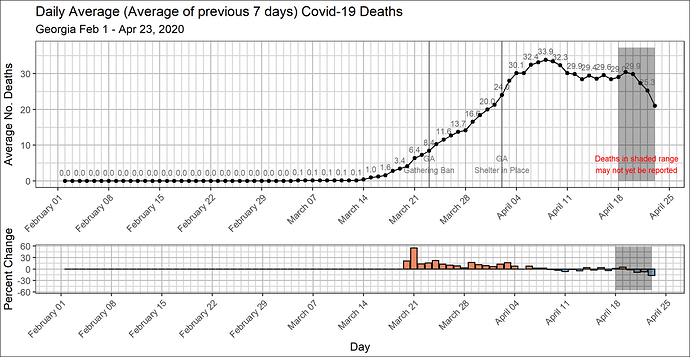(New York Magazine, April 26, 2020):
“We Still Don’t Know How the Coronavirus Is Killing Us”
… Early in the epidemic, the coronavirus was seen as a variant of a familiar family of disease, not a mysterious ailment, however infectious and concerning. But while uncertainties at the population level confuse and frustrate public-health officials, unsure when and in what form to shift gears out of lockdowns, the disease has proved just as mercurial at the clinical level, with doctors revising their understanding of COVID-19’s basic pattern and weaponry - indeed often revising that understanding in different directions at once. The clinical shape of the disease, long presumed to be a relatively predictable respiratory infection, is getting less clear by the week. Lately, it seems, by the day. As Carl Zimmer, probably the country’s most respected science journalist, asked virologists in a tweet last week, “is there any other virus out there that is this weird in terms of its range of symptoms?” …
… The most bedeviling confusion has arisen around the relationship of the disease to breathing, lung function, and oxygenation levels in the blood - typically, for a respiratory illness, a quite predictable relationship. But for weeks now, front-line doctors have been expressing confusion that so many coronavirus patients were registering lethally low blood-oxygenation levels while still appearing, by almost any vernacular measure, pretty okay. It’s one reason they’ve begun rethinking the initial clinical focus on ventilators, which are generally recommended when patients oxygenation falls below a certain level, but seemed, after a few weeks, of unclear benefit to COVID-19 patients, who may have done better, doctors began to suggest, on lesser or different forms of oxygen support. For a while, ventilators were seen so much as the essential tool in treating life-threatening coronavirus that shortages (and the president’s unwillingness to invoke the Defense Production Act to manufacture them quickly) became a scandal. But 80 percent of New York patients put on ventilators died. In China, the figure was 86%. …
…“One month ago, as the country went into lockdown to prepare for the first wave of coronavirus cases, many doctors felt confident that they knew what they were dealing with. Based on early reports, covid-19 appeared to be a standard variety respiratory virus, albeit a very contagious and lethal one with no vaccine and no treatment. But they’ve since become increasingly convinced that covid-19 attacks not only the lungs, but also the kidneys, heart, intestines, liver and brain”. …
… “Despite the more than 1,000 papers now spilling into journals and onto preprint servers every week,” … “a clear picture is elusive, as the virus acts like no pathogen humanity has ever seen.” …
… It’s not unheard of, of course, for a disease to express itself in complicated or hard-to-parse ways, attacking or undermining the functioning of a variety of organs. And it’s common, as researchers and doctors scramble to map the shape of a new disease, for their understanding to evolve quite quickly. But the degree to which doctors and scientists are, still, feeling their way, as though blindfolded, toward a true picture of the disease cautions against any sense that things have stabilized, given that our knowledge of the disease hasn’t even stabilized. Perhaps more importantly, it’s a reminder that the coronavirus pandemic is not just a public-health crisis but a scientific one as well. And that as deep as it may feel we are into the coronavirus, with tens of thousands dead and literally billions in … lockdown, we are still in the very early stages, when each new finding seems as likely to cloud or complicate our understanding of the coronavirus as it is to clarify it. Instead, confidence gives way to uncertainty.












